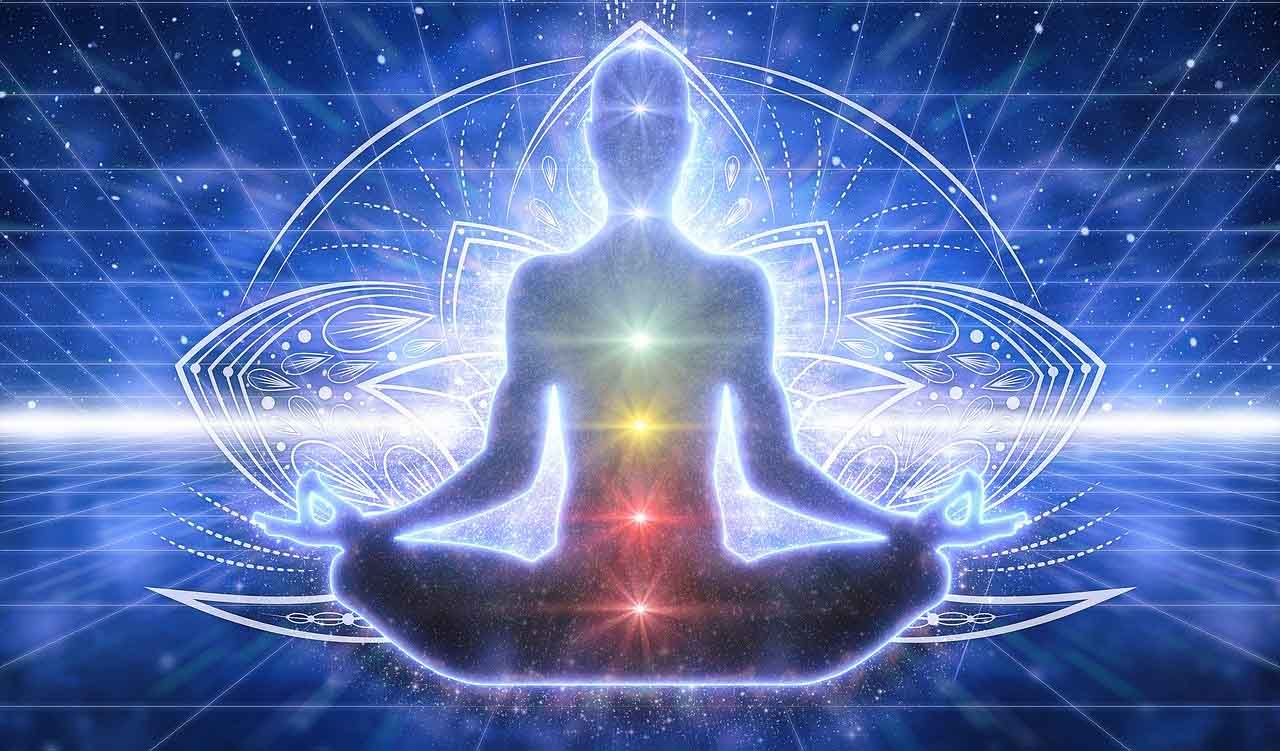Exploring Scientific Evidence: Is the Chakra System Real?
For centuries, chakras have intrigued religious seekers and wellness
fans alike. Originating from historical Indian traditions, the chakras
are believed to be power centers within the body that effect our
physical, emotional, and spiritual well-being. But with the increase in
acceptance of holistic wellness practices, a pressing problem stays
unaddressed for a lot of skeptics and scientifically-minded individuals—are chakras scientifically proven?
What Are Chakras?
Chakras,
a Sanskrit word indicating wheel or disk, make reference to eight
principal power centers in the body. They're the basis, sacral, solar
plexus, heart, throat, next vision, and top chakras. Each is considered
to correspond to different bodily and emotional claims, influencing sets
from digestion to self-expression.

The National Significance of Chakras
The thought of chakras first appeared in the Vedas, old Indian texts relationship right back 1000s of years. Over time, these power stores are finding their way into various types of Western option medicine, including yoga, Reiki, and meditation practices.
The Modern Skepticism
Despite their cultural significance, chakras have been achieved with doubt within the scientific community. Experts disagree that the expected energy centers absence empirical evidence and rigorous clinical validation. This skepticism raises an essential question—may something so profoundly seated in convention and spirituality resist the scrutiny of modern research?
Clinical Attempts to Examine Chakras
While mainstream science largely dismisses chakras as metaphysical constructs, some scientists have attempted to review them. Practices like Kirlian images and biofield measurements have already been employed to recapture the purported energy areas bordering the individual body. Nevertheless, the reproducibility and stability of these strategies in many cases are questioned.
Kirlian Images and Chakras
Kirlian images creates visual representations of the power fields around objects, like the individual body. Some proponents declare that strategy can catch the vitality flow through chakras. However, scientists mention that Kirlian images just documents humidity and heat modifications, not mystical energy fields.
The Biofield Theory
The biofield theory shows that the body produces a complex power subject, which some feel aligns with the chakra system. While interesting, biofields lack comprehensive scientific validation. The National Institutes of Wellness (NIH) acknowledges biofield therapies but features the requirement for more demanding reports to establish their usefulness and mechanisms.
Placebo Influence and Mental Benefits
One possible explanation for the perceived advantages of chakra-based methods may be the placebo effect. Belief in the effectiveness of these techniques can result in actual improvements in well-being. The power of the mind-body connection is well-documented and can account for the good outcomes reported by chakra enthusiasts.
The Role of Meditation and Mindfulness
Chakra meditation and mindfulness techniques may have tangible emotional benefits, even if the living of chakras stays unproven. Methods like strong breathing and visualization may minimize stress, improve emphasis, and promote psychological balance. These effects are well-supported by medical research on meditation and their impact on the brain.
Integrative Medication and Holistic Strategies
Incorporating chakra-based practices into integrative medication may provide a holistic method of health and wellness. While these practices may not heal diseases, they could match traditional treatments by approaching psychological and emotional well-being. This integrative strategy recognizes the significance of emotional and psychological wellness in over all wellness.

The Constant Question and Potential Research
The question on the medical validity of chakras is far from settled. Future study may possibly provide more ideas into the potential mechanisms behind these power centers. Till then, the split between religious opinion and scientific evidence continues to form discussions around chakras.
Personal Activities and Subjective Evidence
Many people report profound particular experiences with chakra-based practices. While anecdotal evidence is not clinically demanding, it features the subjective character of religious experiences. Particular stories and testimonials donate to the enduring appeal of chakras, even in the face area of skepticism.
Comments
Post a Comment